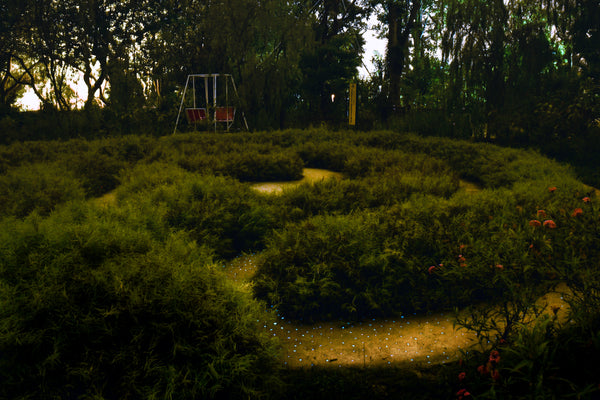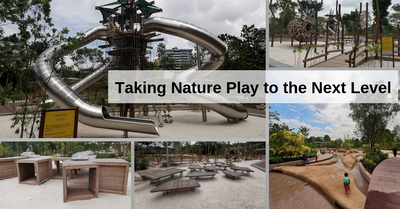The National Parks Board (NParks) opened its largest therapeutic garden at Jurong Lake Gardens today, with dedicated sections for children and adults.

Venue: Jurong Lake Garden, along Yuan Ching Road
Admission: Free
The 3,100sqm Therapeutic Garden @ Jurong Lake Gardens is the seventh and largest therapeutic garden in the growing network of therapeutic gardens by NParks in Singapore, and the first with dedicated sections for children and adults.
A new butterfly maze adjoining the children’s section will provide additional opportunities for young visitors to experience the therapeutic effects of greenery.
What Are Therapeutic Gardens?


Designed using science-based principles, the new therapeutic garden is deliberately planned to facilitate people’s interactions with nature and improve the mental well- being of its visitors. This includes design elements and user-friendly features to meet the needs of both children and seniors, including children with conditions such as mild autism and ADHD and seniors with dementia.

Since the launch of the first therapeutic garden at HortPark in 2016, NParks has also conducted more than 130 sessions of therapeutic horticulture programmes at various therapeutic gardens. There are now seven therapeutic gardens in parks and gardens across Singapore too, including the one at Jurong Lake Gardens. This network will continue to expand, with a target of 30 therapeutic gardens island-wide by 2030.
Children's Discovery Area


The garden has a clear layout with various thematic zones to engage the senses. This includes the Fragrance Zone, Touch Zone, Sound Zone and Plant Zoo.
The Fragrance Zone includes scented plants, such as Butterfly Ginger (Hedychium coronarium) and various Gardenia species and cultivars, have been planted along the pathway. The Touch Zone consist of plants with interesting textures and children will find musical play equipment, such as xylophone and percussion drums at the Sound Zone. Finally at the Plant Zoo, plants with vibrant colours and those at resemble animals will be included.
Play Elements


There are several play elements, including musical play equipment and a set of double swings, at the children’s section of the therapeutic garden to engage the senses. It also features a crawling trellis that is wheelchair-friendly, breakout
corners for children to rest, as well as a labyrinth with pathways that glow in the dark and floor imprints of the animals and insects found in Jurong Lake Gardens.
Luminous Pathway


The luminous pathway is a first implemented by NParks. It is made of minerals that absorb ultra-violet light during the day, enabling the pathway to emit a soft glow at night.
Nostalgic Features


Families will find nostalgic features such as an old school stone chess table, plants commonly planted in the past, and signs with images and toys from the past – to evoke strong memories.
To discover more attractions and facilities at the park, do visit our Family's Guide To Jurong Lake Gardens.
What To Bring When Visiting?
We recommend bringing along sunblock, insect repellent and water bottles. Hats and sunglasses are optional but useful especially during the day.
There are also sheltered gathering spaces that families can rest amongst nature. Parents may wish to bring mats for picnic too.
How to Get To The Jurong Lake Garden Butterfly Maze
Located along Yuan Ching Road. The nearest MRT Station is Lakeside MRT Station and can also be reached via Bus Services 49 and 154.







